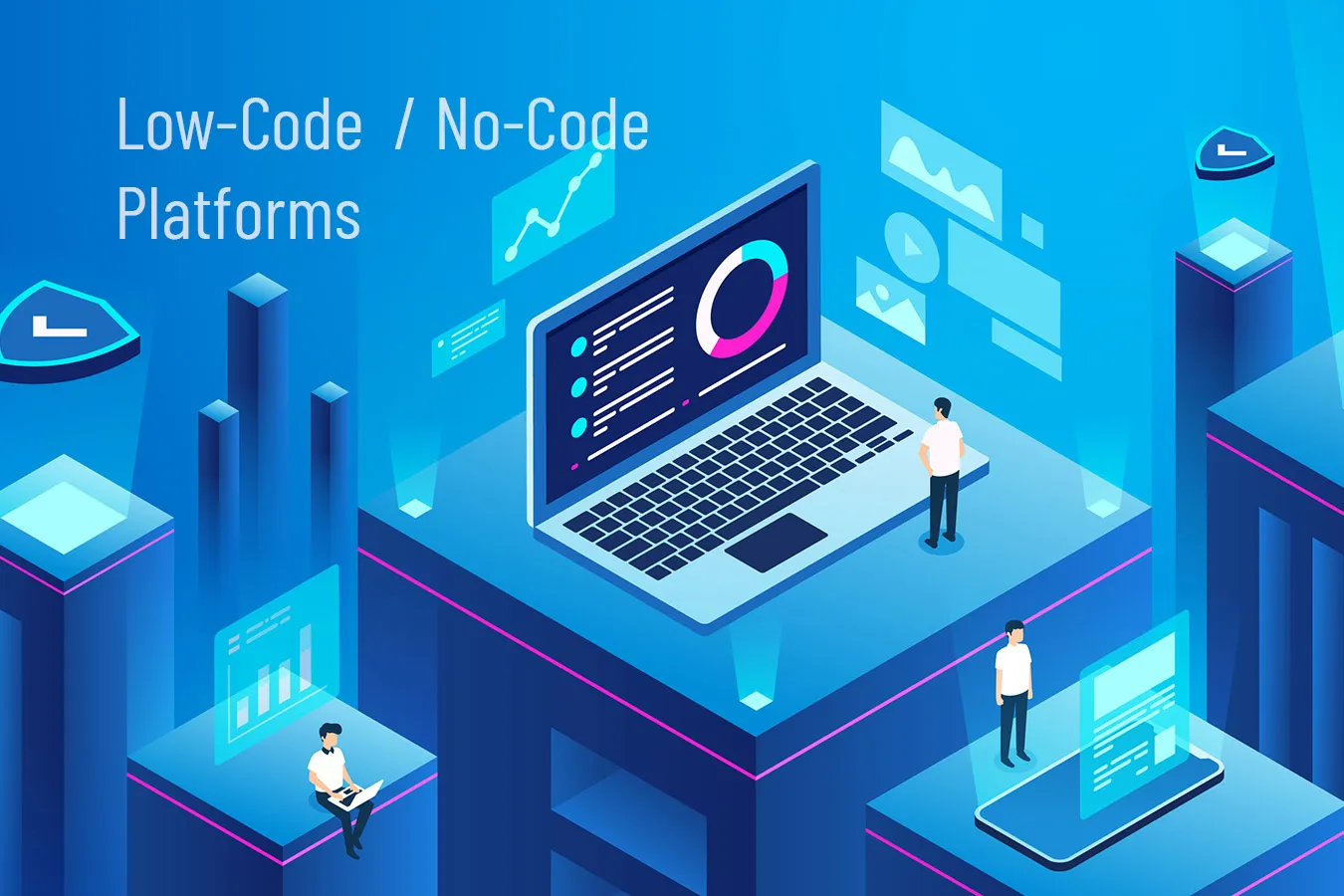Table of Contents
ToggleIntroduction:
Innovation has long been the driving force behind entrepreneurial ventures, but in today’s digital age, the landscape is evolving rapidly. Enter low code/no code startups, revolutionizing the way businesses build and deploy software solutions. These innovative ventures are democratizing technology, empowering entrepreneurs and business users alike to create custom applications without the need for extensive coding expertise. In this article, we’ll explore the emergence of low code/no code startups, their impact on the startup ecosystem, and the opportunities they present for innovation and growth.
1. Understanding Low Code/No Code:
Before delving into the startup landscape, it’s essential to understand the concept of low code/no code development.
Low Code: Low code platforms provide visual development environments that enable users to design, build, and deploy applications with minimal hand-coding. These platforms typically feature drag-and-drop interfaces, pre-built components, and automation tools, allowing users to create complex applications without extensive programming knowledge.
No Code: No code platforms take the concept a step further by eliminating the need for any traditional coding altogether. These platforms often leverage intuitive interfaces, templates, and pre-configured modules to enable users to build applications through simple configuration and customization.
2. The Rise of Low Code/No Code Startups:
The proliferation of low code/no code platforms has given rise to a new wave of startups seeking to capitalize on this growing trend.
Innovative Solutions: Low code/no code startups are developing innovative solutions to address a wide range of business challenges, from streamlining internal processes to enhancing customer experiences.
Accessibility: By removing barriers to entry traditionally associated with software development, low code/no code startups are making technology more accessible to non-technical users, democratizing innovation and fueling entrepreneurship.
Scalability: These platforms offer scalability, allowing startups to quickly prototype and iterate on ideas, test market viability, and scale their solutions as they grow, all without the need for significant upfront investment in development resources.
3. Opportunities for Disruption:
Low code/no code startups are disrupting traditional software development models and unlocking new opportunities for businesses across industries.
Agility: With low code/no code platforms, startups can rapidly develop and deploy applications, enabling them to respond quickly to changing market demands, customer feedback, and competitive pressures.
Cost-Effectiveness: By eliminating the need for extensive custom coding, low code/no code startups offer cost-effective solutions for businesses of all sizes, allowing them to allocate resources more efficiently and achieve faster time-to-market.
Innovation: These platforms foster a culture of innovation by empowering users to experiment with new ideas, iterate on solutions, and bring products to market faster than ever before. This rapid innovation cycle enables startups to stay ahead of the curve and drive continuous improvement.
4. Challenges and Considerations:
While low code/no code startups offer numerous benefits, they also face unique challenges and considerations.
Technical Limitations: Some low code/no code platforms may have limitations in terms of customization, scalability, and integration with existing systems, which can restrict their suitability for certain use cases or industries.
Security and Compliance: As with any technology solution, security and compliance are paramount concerns. Startups must ensure that their low code/no code platforms adhere to industry best practices and regulatory requirements to mitigate risks associated with data privacy and security.
Vendor Lock-In: Depending on the platform chosen, startups may face vendor lock-in, making it challenging to switch providers or migrate to alternative solutions in the future. It’s essential to carefully evaluate the long-term implications of platform selection and consider factors such as vendor stability, support, and ecosystem compatibility.
5. The Future of Low Code/No Code Startups:
Despite these challenges, the future looks bright for low code/no code startups, with continued innovation and growth on the horizon.
Market Expansion: As awareness of low code/no code platforms continues to grow, we can expect to see increased adoption across industries and geographies, expanding the market opportunity for startups in this space.
Ecosystem Development: Low code/no code startups are fostering the development of vibrant ecosystems comprising developers, entrepreneurs, business users, and technology partners, driving collaboration, knowledge sharing, and innovation.
Integration and Interoperability: The evolution of low code/no code platforms will likely focus on improving integration capabilities, interoperability with existing systems, and support for emerging technologies such as artificial intelligence, blockchain, and the Internet of Things (IoT).
Conclusion:
Low code/no code startups are reshaping the software development landscape, empowering entrepreneurs to build and deploy innovative solutions with unprecedented speed, agility, and accessibility. As these platforms continue to evolve and mature, they will play an increasingly significant role in driving digital transformation, fostering innovation, and fueling economic growth across industries. With the right vision, strategy, and execution, low code/no code startups have the potential to revolutionize the way we build and use technology, unlocking new possibilities and opportunities for businesses and society as a whole.
